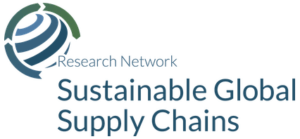The Learning Trap in Late Industrialisation: Local Firms and Capability Building in Ethiopia’s Apparel Export Industry
Lindsay Whitfield, Cornelia Staritz
2020
DOI numberhttp://dx.doi.org/10.1080/00220388.2020.1841169
#Trade and FDI
#Sub-saharan Africa
#Energy
Local firms in new supplier countries face major challenges in entering manufacturing global value chains (GVCs) in the context of increased competition and requirements. To understand these challenges, we argue for the importance of looking more closely at local firm capability building, which is a costly and uncertain process and in the early stage of industrialisation was historically facilitated by industrial policy and leveraging foreign knowledge. This article examines the opportunities and constraints that Ethiopian-owned firms faced in building capabilities to enter apparel GVCs, using a survey designed to measure firms’ capabilities and firm histories to understand learning paths. We find that local export firms had a large capability gap between their existing capabilities and what is required to enter apparel GVCs, leading to high learning costs and risks, while the profit margins were very low, and there were limited learning channels. Industrial policy evolved taking into account these constraints, but faced challenges in providing learning channels for local firms in the context of a weak manufacturing class and hyper-competitive apparel GVCs. This resulted in a learning trap where local firms do not even try to enter manufacturing GVCs, or enter but fail to remain.


